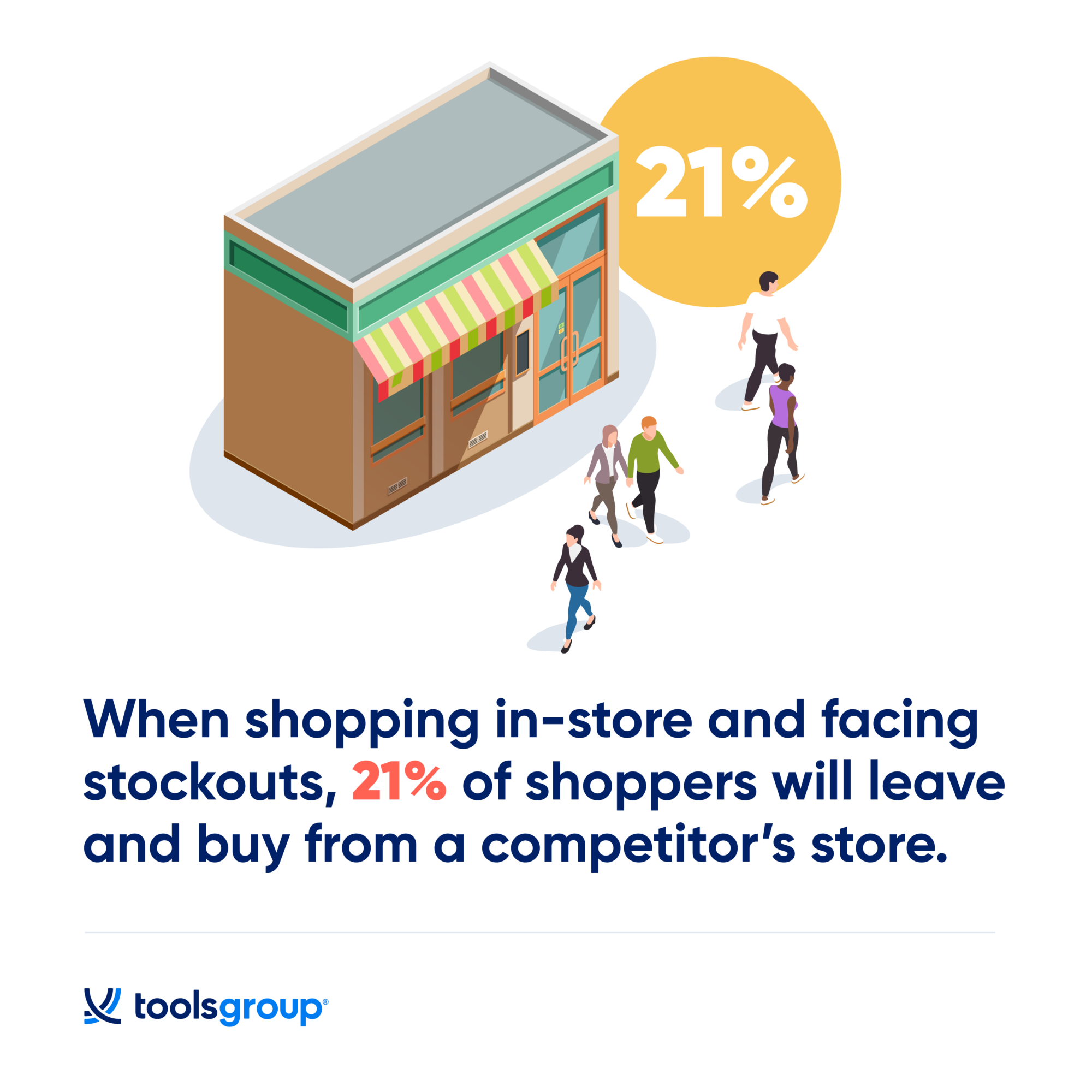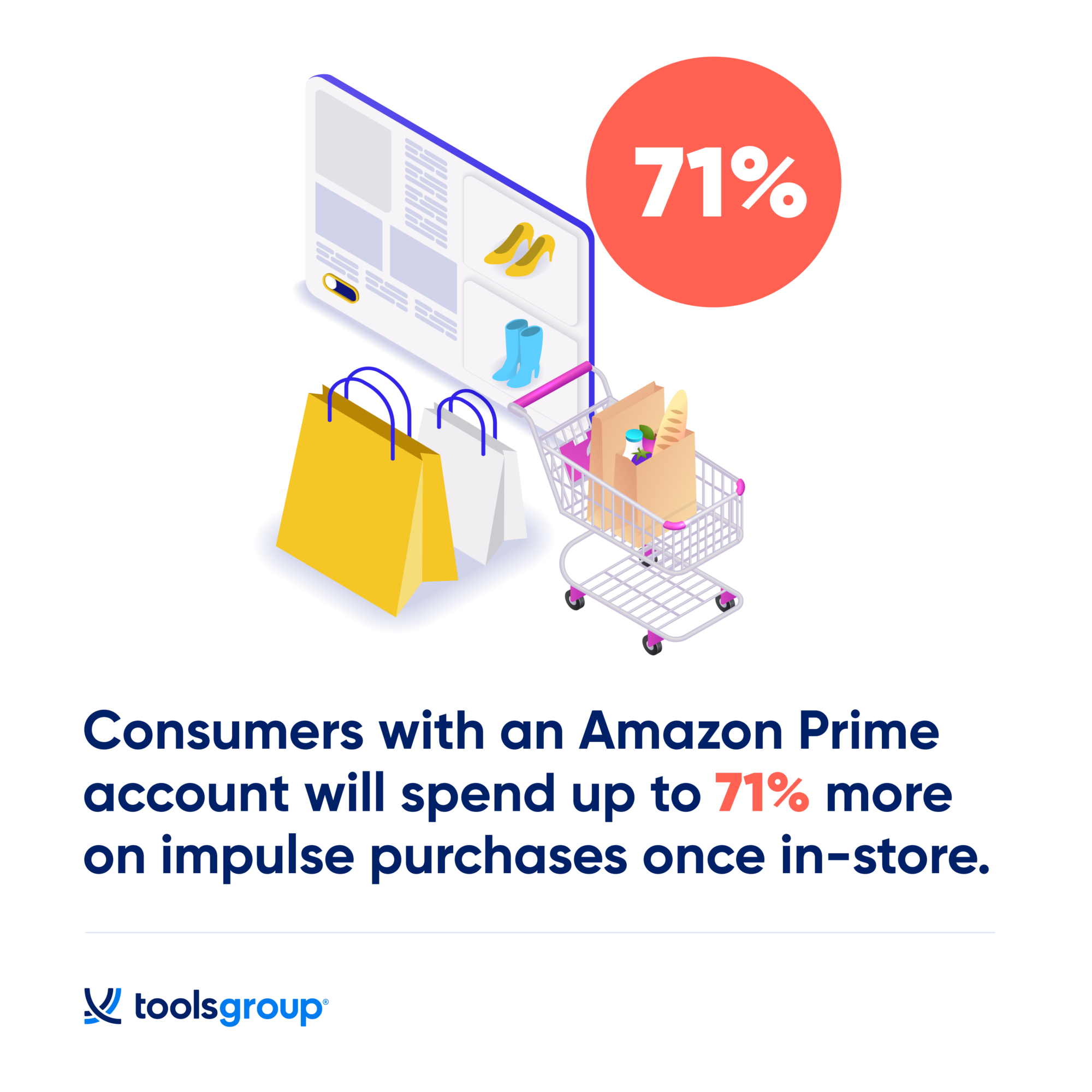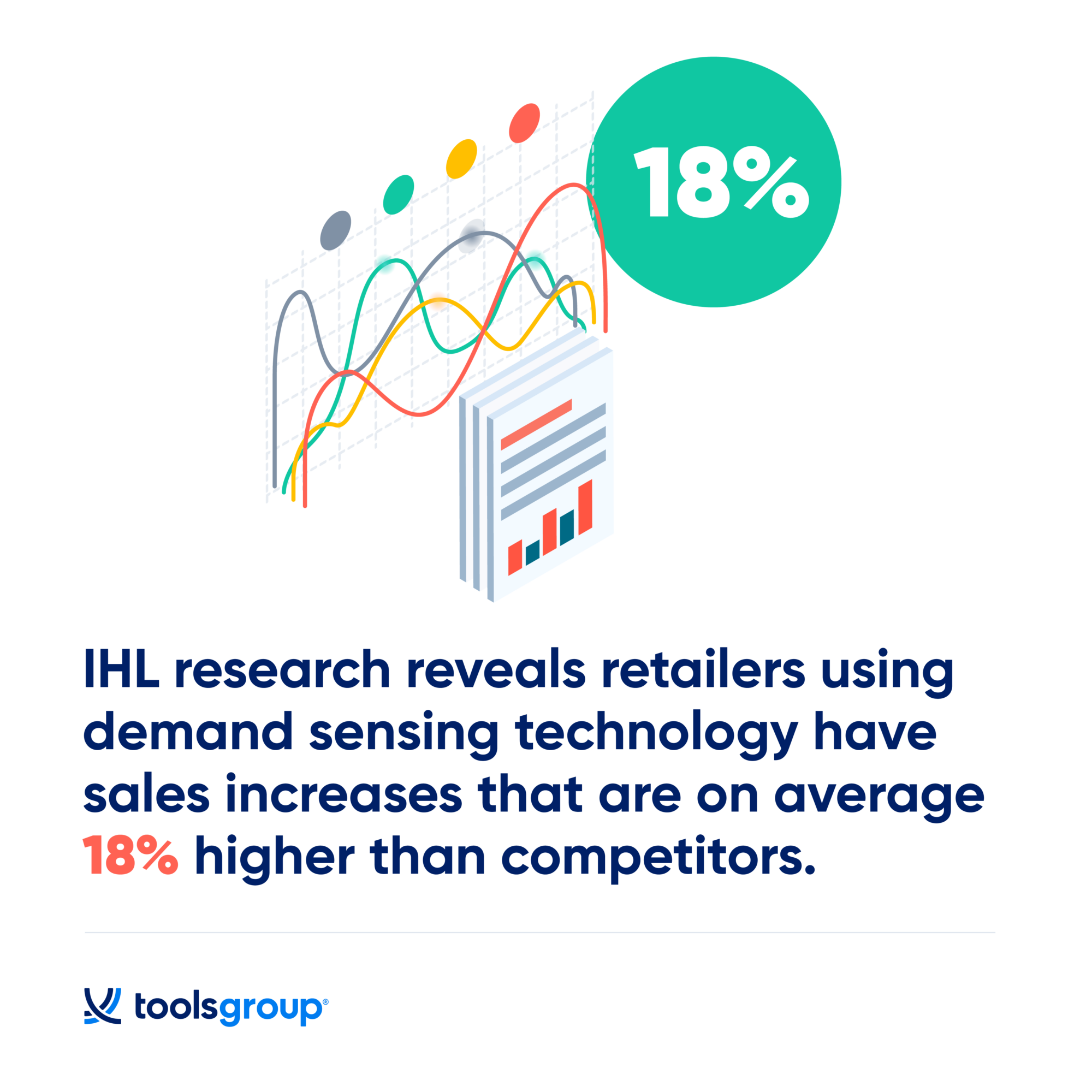Report
Consumer Research: How Retailers Win Customer Loyalty in an Omnichannel World
To help retailers understand the factors that drive purchase decisions and customer loyalty, ToolsGroup and IHL surveyed hundreds of U.S. consumers regarding their trust in retailers, reasons for shopping online or in-store, and what drives impulse purchases.
The results uncovered the impact inventory has on customer loyalty, the increased revenue opportunities when shoppers are Amazon Prime members, and steps brands can take to win the future of retail.
Get the Full Report and Discover How to Win Retail’s New Battleground
Show Me Now →
Enter your details to download


